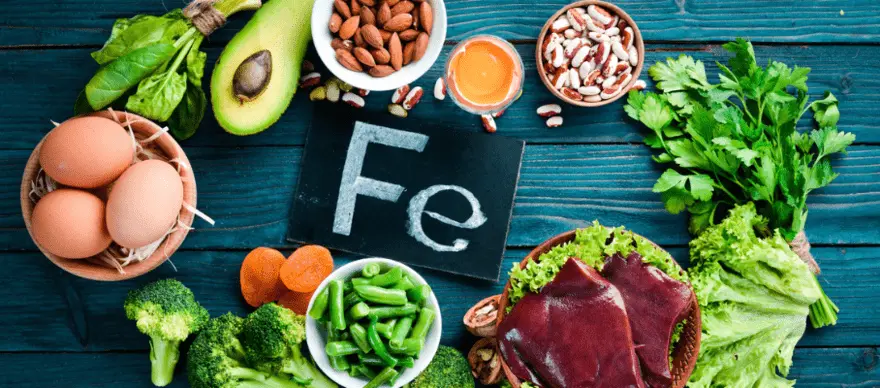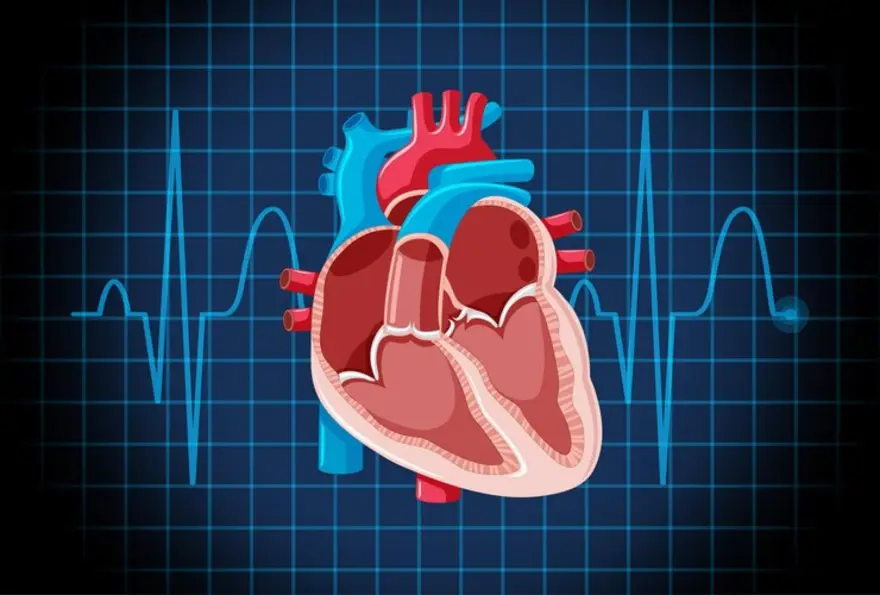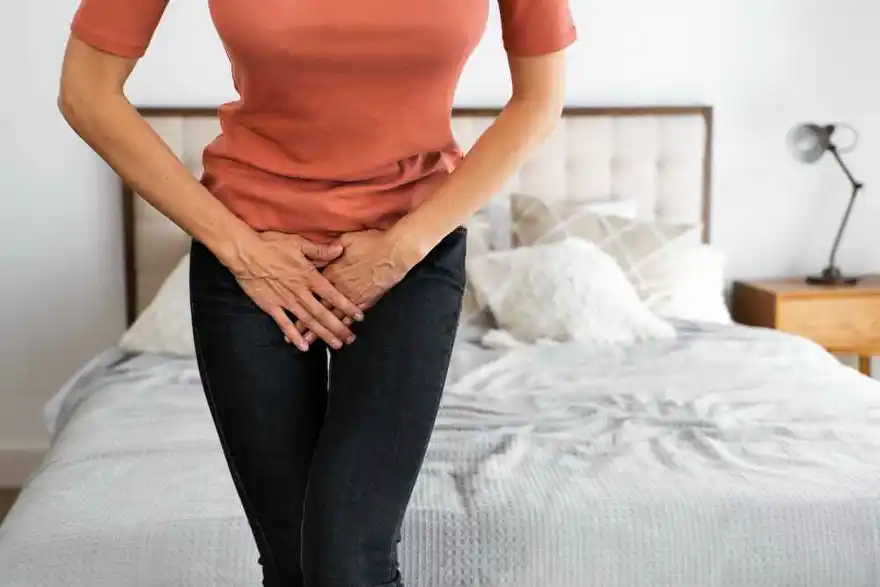causes of iron deficiency anemia
Iron Deficiency Anemia: Causes, Symptoms and Diagnosis
Iron is an essential nutrient for the body's general growth and development. In addition, it serves vital activities like oxygen transport, DNA synthesis, and muscle metabolism. Iron is essential when your body is growing, transforming, or changing. Lack of iron in the diet and increased demand in the body are common causes of iron deficiency in pregnancy and pediatrics. Iron deficiency can result in anemia, which lowers your hemoglobin levels. According to WHO figures, anemia affects 33% of non-pregnant women, 40% of pregnant women, and 42% of children globally. A lack of iron does not pose a threat to life. However, it might cause serious health issues. For instance, it results in dyspnea and exhaustion. The good news is that an iron-rich diet and supplementation can effectively prevent an iron deficiency. Causes of Iron Deficiency Anemia As its name suggests, iron deficiency anemia is caused by a lack of iron, blood flow, and a lack of iron-rich foods in the diet. Below are common causes of iron deficiency anemia. Increased Iron Demand The body's need for iron changes during the different phases of a person's life. For example, the years between childhood and adolescence are vital for growth. As a result, you must ensure you're getting enough iron-rich meals. Additionally, the need for iron rises during pregnancy; this is the prime cause of iron deficiency anemia in pregnancy. Low Absorption Of Iron Several conditions and surgical procedures may hinder iron absorption. For example, Crohn's disease and celiac disease are common causes of iron deficiency anemia. In addition, gastric bypass patients may not be able to absorb iron. These issues might prevent the gut from absorbing iron. Blood Loss Blood loss is among the common causes of iron deficiency anemia in adults. For instance, it could be brought on by blood loss from an injury, menstruation, etc. According to studies, conditions including gastric ulcer, hernia, and colorectal cancer can cause internal bleeding. In addition, heavy periods of women may be more likely to develop anemia. Diet The most common cause of iron deficiency anemia in children and adults is diet. A variety of nutritional factors affect how well iron is absorbed. Non-heme iron, which is of low quality, is present in vegetarian and vegan meals. Heme iron is present in non-vegetarian sources, in contrast. The rate of absorption is higher for heme iron. Vitamin C It is a necessary nutrient for the absorption of iron. Therefore, foods high in vitamin C may transform iron into a readily absorbable form. As a result, a deficiency in foods high in vitamin C is a common cause of iron deficiency anemia in adults. Phytates Some antinutrients interfere with non-heme iron absorption. For example, soybeans, black beans, lentils, split beans, mung beans, unrefined rice, cereals, and mung beans all contain phytates, which are antinutrients. When combined with iron-rich foods, they reduce your iron absorption. Calcium Although the exact mechanism is still unclear, experts think calcium prevents both heme and non-heme iron from being absorbed. Excess calcium causes iron deficiency anemia in pediatrics. Children who consume an excess of cow milk lack iron and have excess calcium, contributing to iron deficiency anemia. Symptoms of Iron Deficiency Anemia Depending on the severity, iron deficiency symptoms can vary. The list of iron deficiency symptoms is provided below. Fatigue Shortness of Breath Irregular Heartbeat/Palpitations Compromised Immune Health Pale Skin Hairfall Sore Mouth Headaches Spoon-Shaped Nails Diagnosis of Iron Deficiency Anemia Anemia can be easily detected through a complete blood count (CBC) with peripheral smear. Through this test it is possible to identify type of anemia and it may further give a clue to do further supplemental tests like i.e., serum iron studies, vitamin levels and identification of abnormal hemoglobinopathy for arriving at the correct diagnosis for the patient. Prevention of Iron Deficiency Anemia Good eating habits can help you avoid iron deficiency. Iron levels in the body may rise with the consumption of iron-rich meals. Here’s some simple dietary advice that can enable you to prevent iron deficiency anemia. Meat Iron content is exceptionally high in poultry and fish. Salmon and tuna are two more types of meat that are high in iron. To combat an iron shortage, incorporate one of these into your diet two or three times per week. Meat sources have a higher absorption rate of iron than plant sources. Eggs Iron, protein, and vitamins are all found in abundance in eggs. For example, about 9.7% of iron is present in every 100 grams of egg. Legumes Lentils are an excellent source of iron for vegetarians. Lentils provide abundant iron; eat it in salad or dal. Fruits and nuts Dry fruits like apricots are a rich source of iron. Iron can also be found in nuts, seeds, beans, tofu, and iron-fortified cereals. Vitamin C Iron absorption requires vitamin C. Vegetarian sources are rich in non-heme iron. They can eat it. Citrus fruits, bell peppers, and broccoli are food sources of vitamin C. Hydration Did you know drinking water is a reliable method of preventing human iron deficiency anemia? Researchers say drinking water locally enriched with iron compounds should be considered and used as a globally accessible means of controlling iron-deficiency anemia. Leafy Greens Leafy greens, such as spinach and kale, are a rich source of folate, which is necessary to avoid anemia. Additionally, leafy vegetables may further improve general wellness. Avoid Antinutrients Antinutrients can impede the absorption of iron. As a result, you should refrain from pairing meals high in iron with antinutrients like tea, coffee, and dairy products. These foods have antinutrients such as tannins, oxalic acids, and phytic acids that bind to iron and stop it from being absorbed. Don't combine calcium and iron-rich foods It is well known that calcium and iron vie for the same receptors. Therefore, according to experts, calcium and iron-rich diets prevent the body from absorbing iron. Conclusion Although iron deficiency is common among people due to poor eating habits, it can also be brought on by non-dietary practices. Iron deficiency is the main contributor to anemia. Healthy eating practices are crucial as a result. Follow the simple food recommendations detailed in the article to prevent iron deficiency and have an overall healthy life. But always remember to get advice from a professional before adding iron supplements. If you experience any symptoms, get the Anemia Profile-Maxi Test for accurate diagnosis.
 Home Visit
Home Visit Upload
Upload















 WhatsApp
WhatsApp